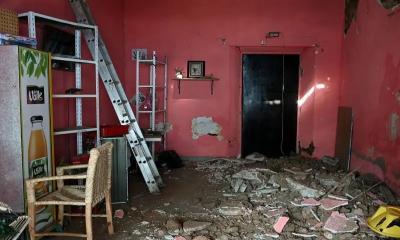Bangladesh has once again been identified as the world’s most polluted country, according to the latest Air Quality Life Index (AQLI) 2025 report released by the University of Chicago’s Energy Policy Institute (EPIC) on Thursday.
The report reveals that air pollution is now reducing life expectancy more severely than tobacco use, malnutrition, or unsafe drinking water, posing an unprecedented public health crisis.
The AQLI 2025 data indicates that if Bangladesh could lower the concentration of fine particulate matter (PM2.5) to the World Health Organization’s (WHO) guideline of 5 micrograms per cubic meter, the average lifespan of its 166.8 million citizens could increase by 5.5 years.
Currently, every region exceeds both the WHO standard and the national limit of 35 μg/m³, with even the least polluted district, Lalmonirhat, recording pollution levels seven times above the WHO threshold.
The health toll is staggering. Air pollution cuts life expectancy nearly three times more than maternal and child malnutrition (1.4 years) and over twice as much as tobacco use (2 years). Major cities bear the brunt in Dhaka, where the annual PM2.5 average reaches 76.4 μg/m³, reducing pollution could add 6.9 years to residents’ lives, while in Chittagong, it could mean 6.2 years. Even meeting national standards would extend lifespans by several years in these urban centers.
Industrial hubs like Gazipur and Narayanganj, plagued by brick kilns, textile factories, and traffic congestion, top the pollution charts. Over the past 25 years, PM2.5 levels have surged by 66%, shaving off 2.4 years from the average life expectancy compared to 1998. In contrast, China has reduced pollution by 40% since 2014 through stringent measures, boosting its citizens’ average lifespan by 1.8 years.
Despite introducing air pollution control regulations in 2022, Bangladesh has struggled to enforce them. Measures like stricter brick kiln controls and emission standards remain unimplemented, while vehicle emissions and industrial expansion continue unchecked. Environmental experts warn that air quality protection lacks priority in national economic planning.
South Asia remains the world’s most polluted region, but Bangladesh faces the steepest life expectancy losses. Neighboring India, Nepal, and Pakistan also suffer, with potential gains of 3.5 years (8.2 in Delhi), 3.3 years, and 3.3 years (5.8 in Lahore) respectively if WHO standards were met—yet none match Bangladesh’s severity.
The report emphasizes that effective pollution control yields immediate health benefits, citing global successes as proof. Researchers urge urgent action, labeling air pollution as Bangladesh’s gravest public health threat. Without stringent measures like emission controls, urban planning, and investment in clean energy, the population faces a future of shorter, disease-ridden lives.
For the lakhs suffering from respiratory and heart conditions, polluted air is now a daily reality. The AQLI 2025 calls on the government to act swiftly, advocating for emission regulations, urban redesign, and cleaner fuel adoption to safeguard public health.


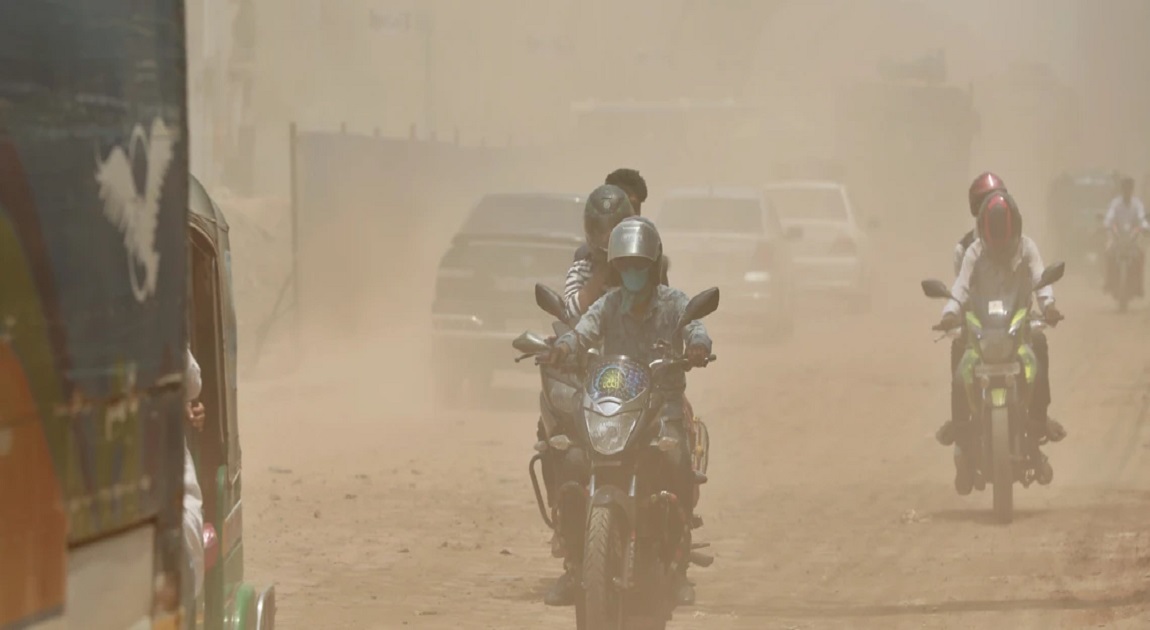

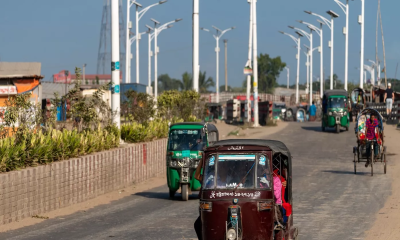
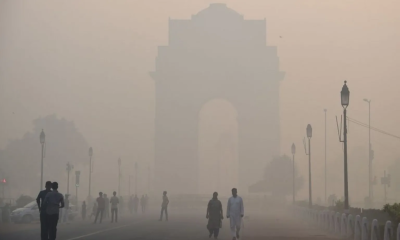
-20251226051932.jpeg)
-20251222051606.jpeg)

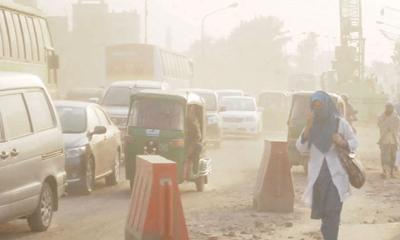





-20260107111805.webp)
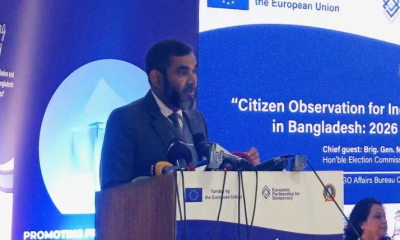

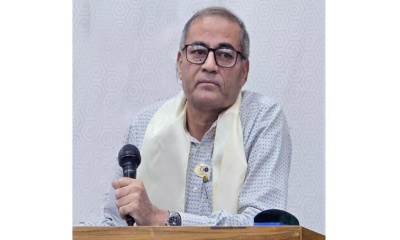

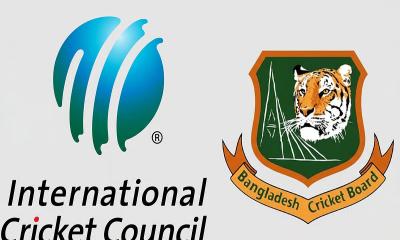

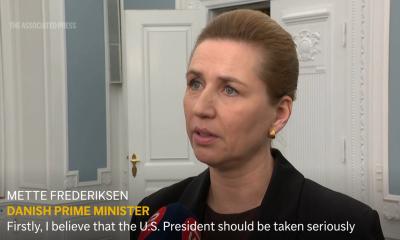
-20260107070753.jpeg)

-(2)-20260102070806.jpeg)

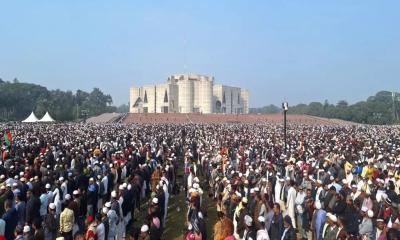
-(25)-20251122062715-20260105041159.jpeg)
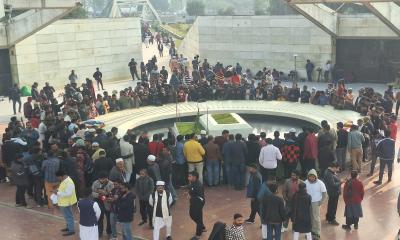

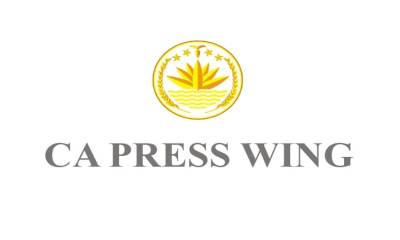
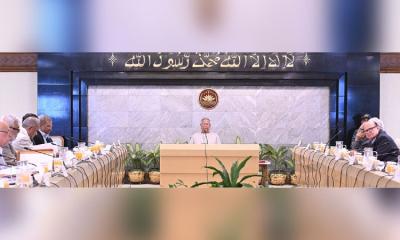

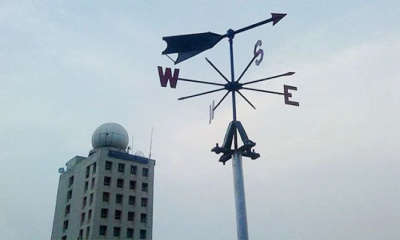

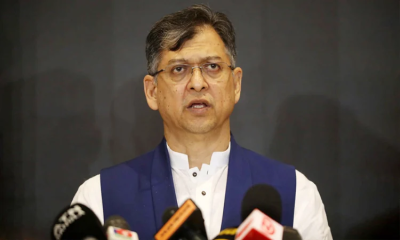
-20260103102222.webp)
